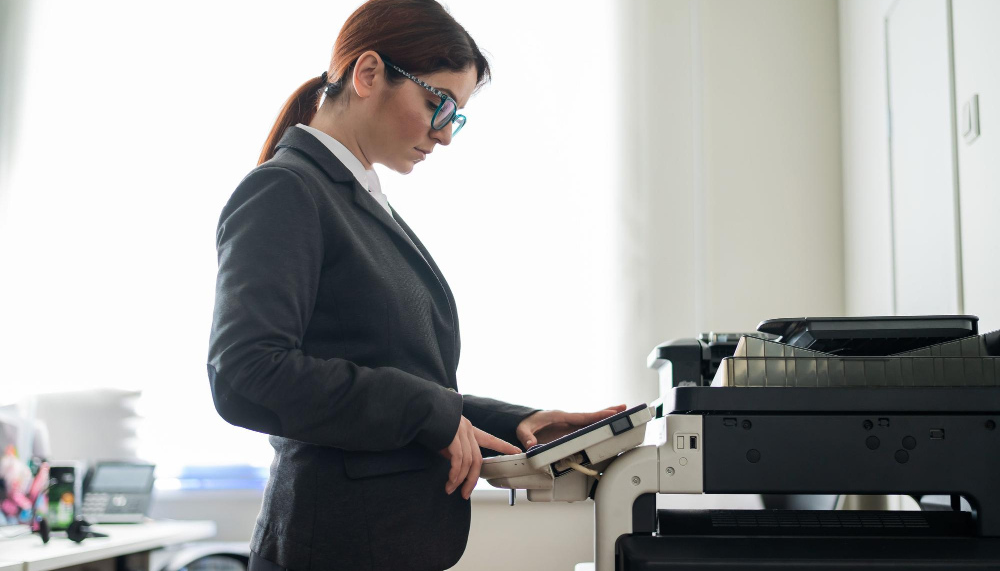There are two main approaches to clear label printing at home, each with its pros and cons:
Method 1: Using Clear Sticker Paper
This is the simpler and more common method. Here’s what you’ll need:
- Clear sticker paper: Choose a type compatible with your printer (inkjet or laser jet).
- Your design: Create your label using software like Microsoft Word or online design tools like Canva. Ensure the background is transparent to achieve the clear label effect.
- Printer: Make sure your printer is compatible with the chosen sticker paper.
Steps:
- Prepare your design: Design your labels with a transparent background.
- Print settings: Check your printer manual or sticker paper packaging for any specific printing settings recommendations. You might need to adjust print quality or material settings for optimal results.
- Print: Feed the sticker paper into your printer according to the manufacturer’s instructions (often face down for inkjet printers in cardiff). Print your labels.
- Cutting: Once printed, carefully cut out your labels following the outlines.
Pros:
- Simpler process
- More readily available materials
Cons:
- Limited durability compared to other methods
- May not be completely waterproof
Method 2: DIY Clear Labels with Packing Tape
This method offers more water resistance but requires additional steps.
- Materials:
- Regular paper
- Printer (any type)
- Clear packing tape
- Scissors
- Spoon or credit card (for burnishing)
- Shallow dish with water (optional)
Steps:
- Design and Print: Design your labels and print them on regular paper.
- Cutouts: Carefully cut out your labels from the printed paper.
- Tape Application: Place the paper label face down on the sticky side of a piece of clear packing tape. Gently smooth out any air bubbles.
- Cutting the Tape: Cut a section of packing tape slightly larger than your label design.
- Burnishing: Lay the taped label on a flat surface. Use a spoon or credit card to firmly burnish the label by rubbing across the taped surface to ensure good adhesion between the paper and tape.
- Water submersion (Optional): Briefly submerge the taped label in water for extra water resistance. This helps dissolve the paper backing, allowing for easier removal later.
- Removing Paper Backing: While the tape is still wet, gently rub the paper backing with your thumb to remove it. Be careful not to damage the design underneath. Lay the label flat to dry completely.
- Cutting the Final Label: Use scissors to cut out the final clear label shape once dry.
Pros:
- More water-resistant than clear sticker paper
Cons:
- More steps involved
- Requires some dexterity for clean removal of paper backing
Additional Tips:
- Whichever method you choose, ensure your printer and ink cartridges are in good working condition for optimal print quality.
- Test a single label first to ensure your chosen method works well before printing your entire batch.
- For clear labels intended for outdoor use, consider using a laminating sheet after printing on clear sticker paper to add extra protection from weather elements.




